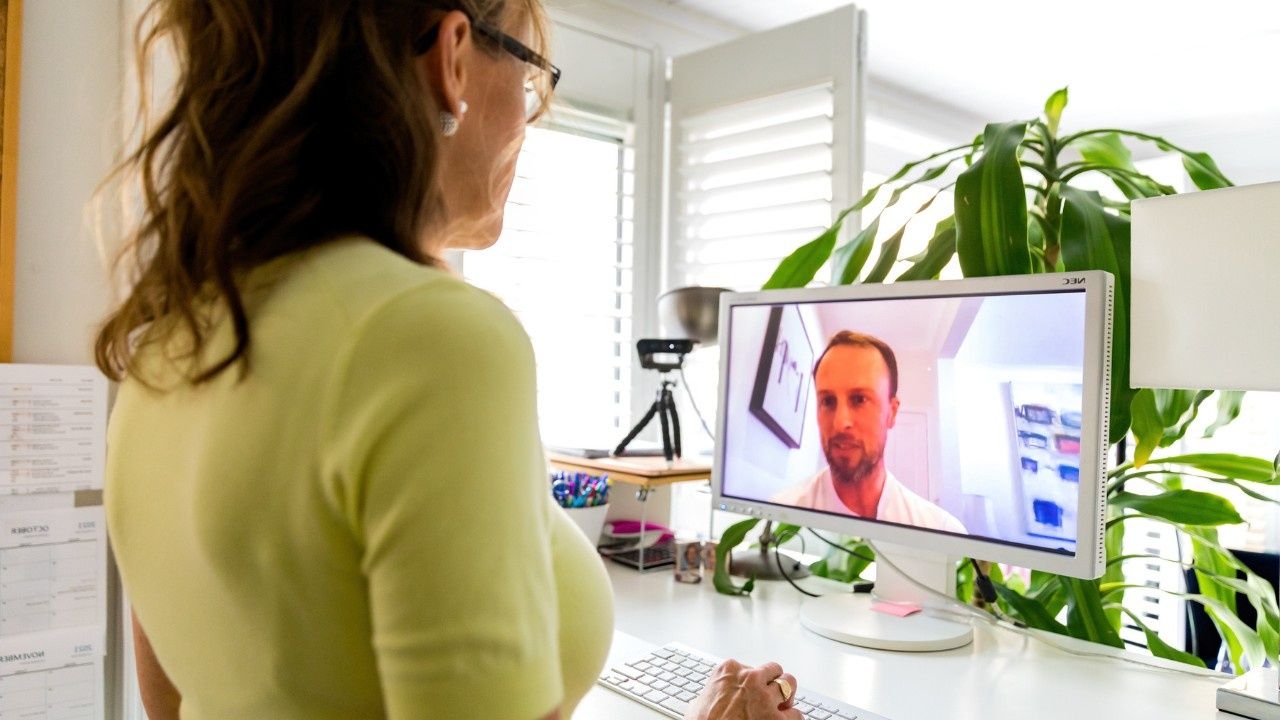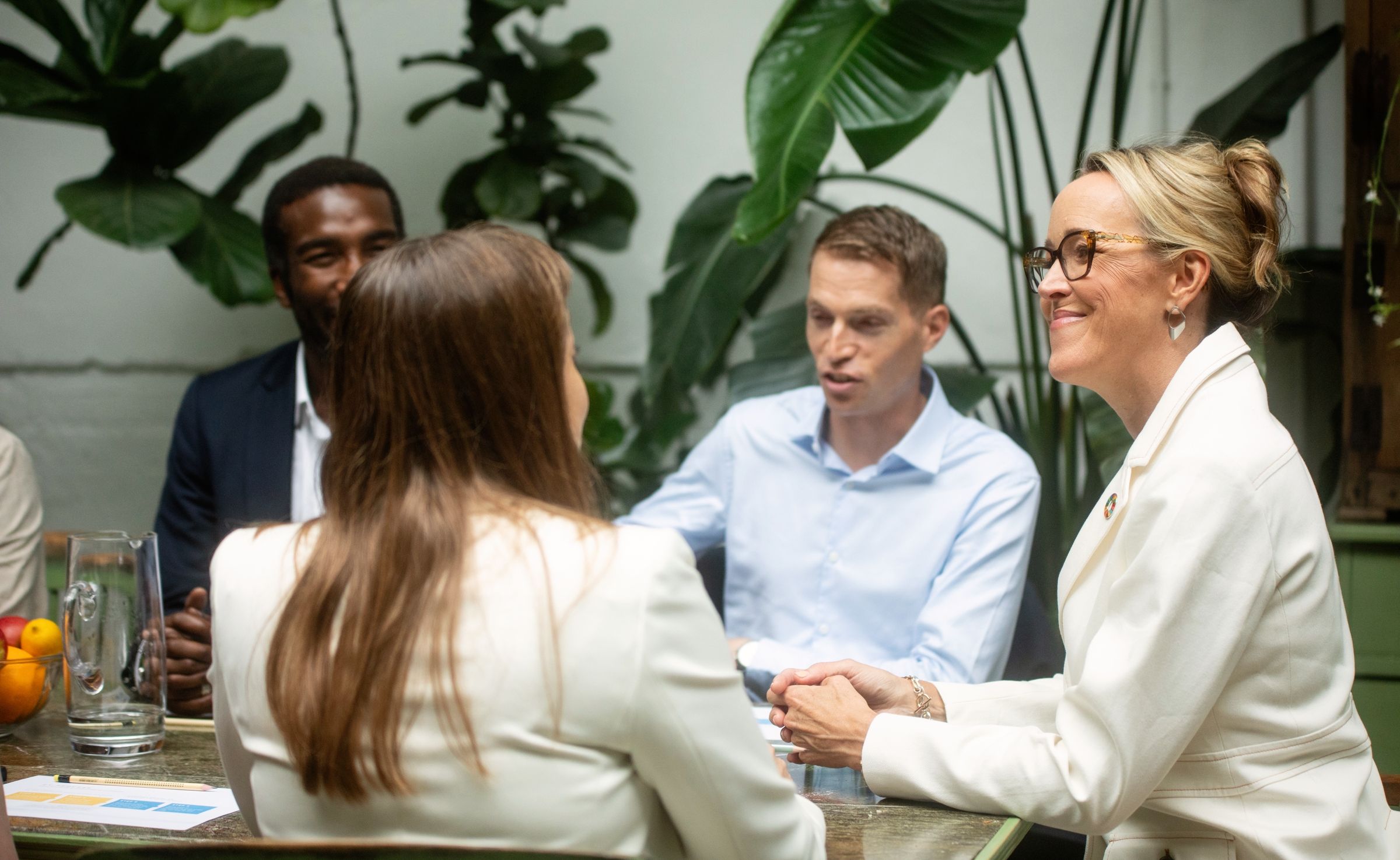How to network better than you flirt
Jun 07, 2010
Walking up to a potential new contact at a conference, or cold calling someone on the phone, is often the most intimidating part of networking for jobseekers. It’s hard to make the first move and much easier to keep yourself out of a vulnerable situation. However, if you’re looking to make a career move into sustainability, corporate responsibility or the green economy, in-person networking remains the best way to convert potential opportunities into real jobs.
So, if you tend to let discomfort get in the way of 'getting out there,' just remember these wise words from Steve Jobs:
“If you are afraid of failing…of someone hanging up on you…you won’t get very far.”
To help demystify the process a little bit, here’s my take on some of the most common networking questions I get asked by my clients.
On the ice breaker
How do I make the first move? Ask to meet for coffee? Phone call?
First, identify your target. It might be an industry leader that you admire, who you are connected to LinkedIn. Or perhaps it’s someone you know will be speaking at a conference you are attending. If you can talk to them in person, go for it! If not, reach out with email, InMail (LinkedIn’s own) or social media and try to set up a live conversation, preferably with video. Mention a mutual contact if you have one. Mention an article they may find useful for their work. Mention anything at all you may have in common after Googling them to death.
No matter how you reach out, come up with a compelling reason you would like to talk to them. You could even do a benchmarking study as an excuse to interview them and learn more about their career journey. Most likely, if you seem interesting, and interested in them, they will find 10 minutes to talk to you.
What’s in it for them? Why would someone want to talk to me?
You’ll never have the courage to start a conversation if you think that everyone in the room is smarter, more senior, and better dressed than you. Banish the imaginary hierarchy in your head and place yourself on an equal footing with everyone else, equally deserving of respect, equally worth talking to. Remember, you have a lot to offer, you are a good colleague to have, you are valued. Good talent, not to mention friends, are hard to find and your new contact will be looking to expand his or her network as well. That being said, the more informed you are about your niche, your sector, the latest trends, the more interesting and valuable you will be to your expanding network.
On making the most of the meeting
What impresses you when someone approaches you to network?
I have the best conversations with people who are knowledgeable and curious about their sector, but don’t feel the need to have all the answers. They are comfortable with silence and don’t let their nervousness turn into a babbling monologue. They are natural and not trying to sell me something, but rather find a way we could collaborate and share through our mutual passion for sustainability. They are comfortable with saying, “that’s a great question. Give me your card and I’ll do some research and get back to you.” Also an excuse to follow up.
This also demonstrates self-confidence, another important trait. As Alex Malley mentioned in a recent LinkedIn post, sometimes having the right attitude can trump years of experience. You can work on this by building awareness of your top skills and unique selling points to help you speak naturally about yourself in both casual and more formal networking conversations. Do your homework and engage in self-reflection before you start.
Should I talk more or just listen?
Having a little background knowledge on the company or individual attending will help the conversation flow, so do your research and prepare good questions in advance. Just like in dating, when in doubt, ask the other person to tell you about themselves and their work. People love to talk about themselves and this will leave them with a cosy feeling about you, even if you don’t get a word in edgewise.
At the same time, it’s a good idea to prepare a 30-second elevator pitch that sums up your USP – unique selling points. A killer elevator pitch is concise, clear, confident, and ends with a clear question or request of what you are asking of them. Don’t be shy to ask.
On following up in style
What is an appropriate follow-up?
I can’t stress enough how important it is to follow-up in the days after a meeting or good conversation. A short ‘nice to meet you’ email isn’t just polite, it will remind key contacts of who you are, what you do, and what you have in common. Stay away from generic LinkedIn requests and always add a personal touch.
Also, remember that all relationships are a two-way street, so think about what you can offer as well as what you can receive. Nurture your network by sharing articles, insights and ideas. That way, when you need a personal recommendation or an internal referral, you’re more likely to get a positive response.
I’m lazy. Do I really need a 'stay in touch' plan?
Also, make sure to keep your momentum going by planning out your next steps after a big networking event or 1-1 meeting. Create a week-by-week plan to call three to four people a week for three months. By setting achievable and motivating goals for yourself and approaching the process step by step, you can avoid feeling overwhelmed. Use LinkedIn as a tool to remind yourself to reach out to new contacts in 4, 8 or 12 weeks. Send them a birthday card? Or a work anniversary note? LinkedIn flags all of these so nicely for you.
Good luck! Have a question I didn’t answer? Share it in the comments below.
For more insights on networking, career changes and making it in the competitive world of sustainability careers, contact me.








